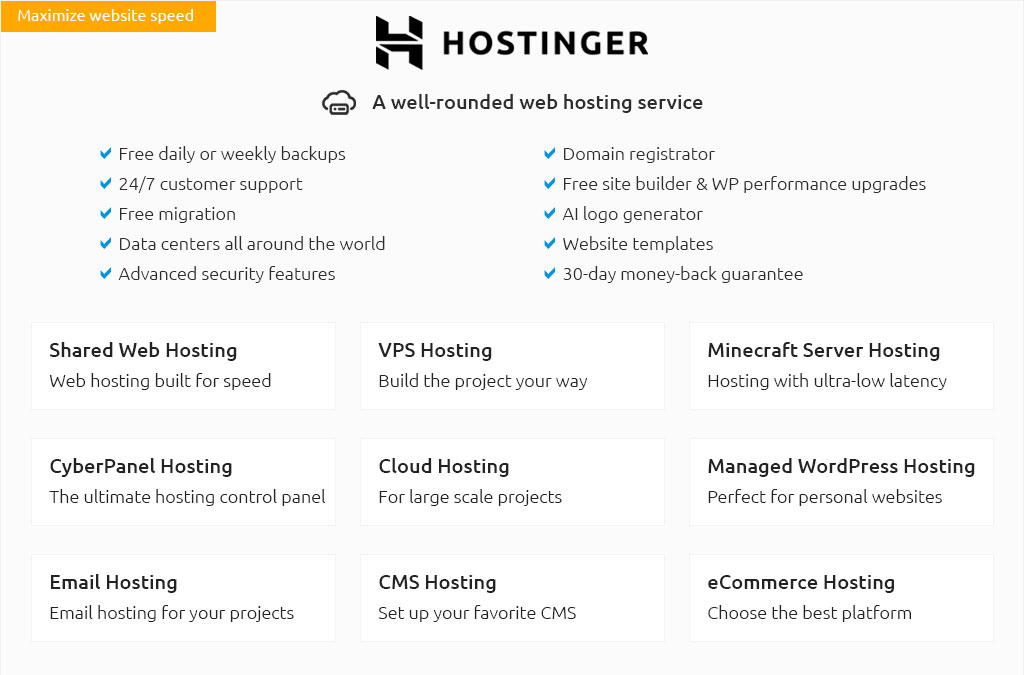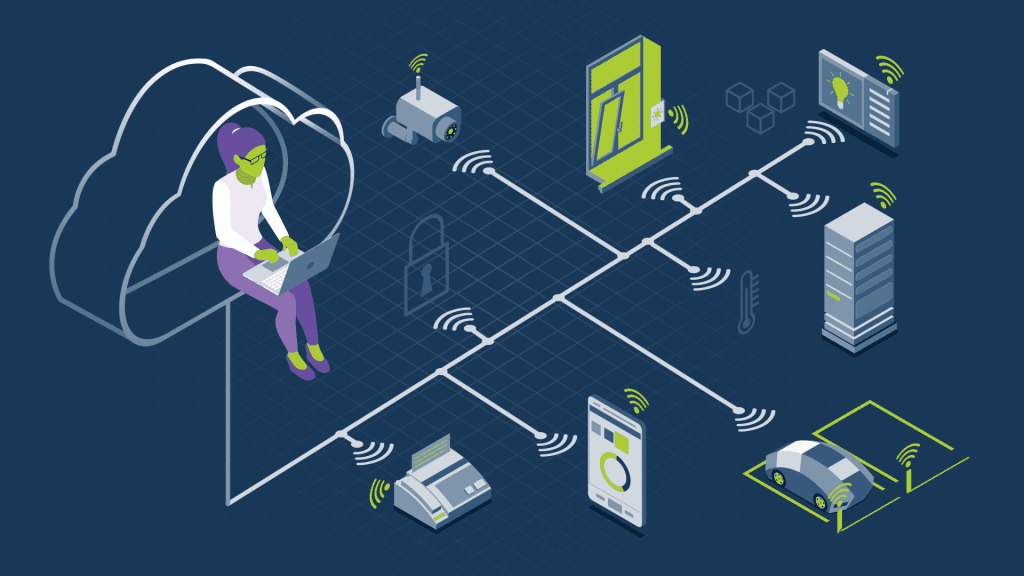Remote IoT VPC Review: Unlocking The Future Of Connected Systems
In today's rapidly evolving digital landscape, remote IoT VPC solutions have become a cornerstone for businesses aiming to enhance connectivity, scalability, and security. As industries continue to embrace the Internet of Things (IoT), the demand for robust virtual private cloud (VPC) infrastructures has surged. This article delves into the intricacies of remote IoT VPCs, offering a comprehensive review of their capabilities, benefits, and challenges.
Whether you're a tech enthusiast, a business owner, or an IT professional, understanding remote IoT VPCs is crucial for optimizing your operations. These systems enable seamless communication between devices, ensuring data is securely transmitted and processed in the cloud. By leveraging remote IoT VPCs, organizations can achieve greater flexibility and control over their IoT ecosystems.
This review aims to provide an in-depth analysis of remote IoT VPCs, covering everything from their architecture to real-world applications. We'll explore how these solutions can transform the way businesses operate, enhance data security, and drive innovation. Let's dive into the world of remote IoT VPCs and discover why they are becoming indispensable in the modern tech landscape.
Table of Contents
- Introduction to Remote IoT VPC
- Key Benefits of Remote IoT VPC
- Remote IoT VPC Architecture
- Security Considerations
- Scalability and Performance
- Real-World Applications
- Challenges and Solutions
- Cost Analysis
- Best Practices for Implementation
- Future Trends in Remote IoT VPC
- Conclusion
Introduction to Remote IoT VPC
A remote IoT VPC is a specialized cloud infrastructure designed to support IoT devices and applications. It provides a secure, isolated environment for managing IoT data and enabling communication between devices. This architecture allows businesses to scale their IoT deployments efficiently while maintaining high levels of security and performance.
Why Remote IoT VPC Matters
As IoT adoption continues to grow, the need for scalable and secure cloud solutions becomes increasingly critical. Remote IoT VPCs address these needs by offering a dedicated infrastructure that can handle the unique demands of IoT ecosystems. By isolating IoT workloads from other cloud resources, remote IoT VPCs ensure optimal performance and minimize the risk of data breaches.
Key Features of Remote IoT VPC
- Isolated network environment for IoT devices
- Enhanced security protocols
- Scalable architecture for growing IoT deployments
- Integration with cloud-based analytics and AI tools
Key Benefits of Remote IoT VPC
Implementing a remote IoT VPC offers numerous advantages for businesses looking to harness the power of IoT. Below are some of the key benefits:
- Improved Security: Remote IoT VPCs provide a secure, isolated environment for IoT devices, reducing the risk of cyberattacks.
- Enhanced Scalability: These solutions can easily scale to accommodate growing IoT deployments, ensuring businesses can adapt to changing demands.
- Optimized Performance: By isolating IoT workloads, remote IoT VPCs ensure that devices and applications operate at peak efficiency.
- Cost Efficiency: Leveraging cloud-based infrastructure can significantly reduce the costs associated with managing IoT ecosystems.
Remote IoT VPC Architecture
The architecture of a remote IoT VPC is designed to support the unique requirements of IoT systems. It typically includes the following components:
- Virtual Private Cloud (VPC): A secure, isolated network environment for IoT devices and applications.
- Gateways: Devices that facilitate communication between IoT devices and the cloud.
- Analytics and AI Tools: Cloud-based platforms for processing and analyzing IoT data.
- Security Protocols: Advanced encryption and authentication mechanisms to protect IoT data.
Subheading: Network Isolation
One of the defining features of remote IoT VPCs is network isolation. This ensures that IoT workloads are separated from other cloud resources, minimizing the risk of unauthorized access and data breaches. By creating a dedicated network environment for IoT devices, businesses can maintain control over their data and ensure compliance with industry regulations.
Security Considerations
Security is a top priority when implementing remote IoT VPCs. With the increasing number of cyber threats targeting IoT systems, it's essential to adopt robust security measures. Below are some key considerations:
- Data Encryption: Encrypting data in transit and at rest to protect sensitive information.
- Authentication and Authorization: Implementing strong authentication mechanisms to ensure only authorized devices and users can access the system.
- Regular Updates and Patching: Keeping software and firmware up to date to address vulnerabilities.
Subheading: Compliance with Industry Standards
Remote IoT VPCs must comply with industry standards such as GDPR, HIPAA, and ISO 27001. Ensuring compliance not only protects businesses from legal liabilities but also enhances customer trust. By adhering to these standards, organizations can demonstrate their commitment to data privacy and security.
Scalability and Performance
One of the standout features of remote IoT VPCs is their ability to scale seamlessly. As businesses expand their IoT deployments, these solutions can easily accommodate additional devices and workloads without compromising performance. Below are some factors that contribute to scalability and performance:
- Auto-Scaling: Automatically adjusting resources to meet demand fluctuations.
- Load Balancing: Distributing traffic evenly across servers to prevent bottlenecks.
- Cloud-Native Architecture: Leveraging cloud-native technologies to optimize performance and efficiency.
Subheading: Performance Monitoring
Monitoring the performance of remote IoT VPCs is crucial for identifying and addressing issues before they impact operations. By leveraging cloud-based monitoring tools, businesses can gain real-time insights into system performance and take proactive measures to ensure smooth operations.
Real-World Applications
Remote IoT VPCs have a wide range of applications across various industries. Below are some real-world examples:
- Smart Cities: Managing traffic flow, energy consumption, and public safety through IoT-enabled systems.
- Healthcare: Monitoring patient health and managing medical devices remotely.
- Manufacturing: Optimizing production processes and predictive maintenance through IoT data analytics.
Subheading: Case Studies
Several organizations have successfully implemented remote IoT VPCs to drive innovation and improve operations. For instance, a leading healthcare provider used a remote IoT VPC to enhance patient monitoring, resulting in improved outcomes and reduced costs. Similarly, a manufacturing company leveraged IoT data analytics to optimize its production line, achieving significant efficiency gains.
Challenges and Solutions
While remote IoT VPCs offer numerous benefits, they also come with challenges. Below are some common challenges and solutions:
- Challenge: Complexity of Deployment - Solution: Partner with experienced cloud providers for seamless implementation.
- Challenge: Security Threats - Solution: Implement robust security protocols and regularly update systems.
- Challenge: Cost Management - Solution: Optimize resource usage and leverage cost-effective cloud solutions.
Subheading: Overcoming Technical Hurdles
Technical challenges can arise during the deployment and operation of remote IoT VPCs. By working with experienced professionals and leveraging advanced tools, businesses can overcome these hurdles and ensure successful implementation.
Cost Analysis
Understanding the cost implications of remote IoT VPCs is essential for making informed decisions. Below are some factors to consider:
- Initial Setup Costs: Includes hardware, software, and professional services.
- Ongoing Operational Costs: Covers maintenance, updates, and support services.
- Scalability Costs: Costs associated with expanding the system as demand grows.
Subheading: Return on Investment
While the upfront costs of implementing a remote IoT VPC may seem significant, the long-term benefits often outweigh the expenses. By improving efficiency, reducing downtime, and enhancing security, businesses can achieve a strong return on investment.
Best Practices for Implementation
To ensure a successful implementation of remote IoT VPCs, businesses should follow these best practices:
- Plan Thoroughly: Develop a comprehensive strategy that aligns with business goals.
- Choose the Right Provider: Partner with a reputable cloud provider with expertise in IoT solutions.
- Monitor and Optimize: Continuously monitor system performance and make adjustments as needed.
Subheading: Importance of Training
Training employees on the use of remote IoT VPCs is crucial for maximizing their potential. By ensuring staff are well-versed in the system's capabilities and limitations, businesses can avoid common pitfalls and achieve optimal results.
Future Trends in Remote IoT VPC
The future of remote IoT VPCs looks promising, with several trends shaping the landscape:
- Edge Computing: Combining edge computing with remote IoT VPCs to reduce latency and improve performance.
- AI Integration: Leveraging AI and machine learning to enhance data analytics and decision-making.
- 5G Connectivity: Utilizing 5G networks to enable faster and more reliable communication between IoT devices.
Subheading: Preparing for the Future
To stay ahead in the rapidly evolving IoT landscape, businesses must remain adaptable and embrace emerging technologies. By investing in remote IoT VPCs and staying informed about industry trends, organizations can position themselves for long-term success.
Conclusion
Remote IoT VPCs represent a significant advancement in the field of IoT, offering businesses the tools they need to thrive in an increasingly connected world. By providing enhanced security, scalability, and performance, these solutions enable organizations to optimize their operations and drive innovation. As the IoT ecosystem continues to evolve, remote IoT VPCs will undoubtedly play a pivotal role in shaping its future.
We encourage readers to share their thoughts and experiences with remote IoT VPCs in the comments section below. Additionally, feel free to explore other articles on our site for more insights into the world of IoT and cloud computing. Together, let's unlock the full potential of connected systems and build a smarter, more efficient future.
Article Recommendations

